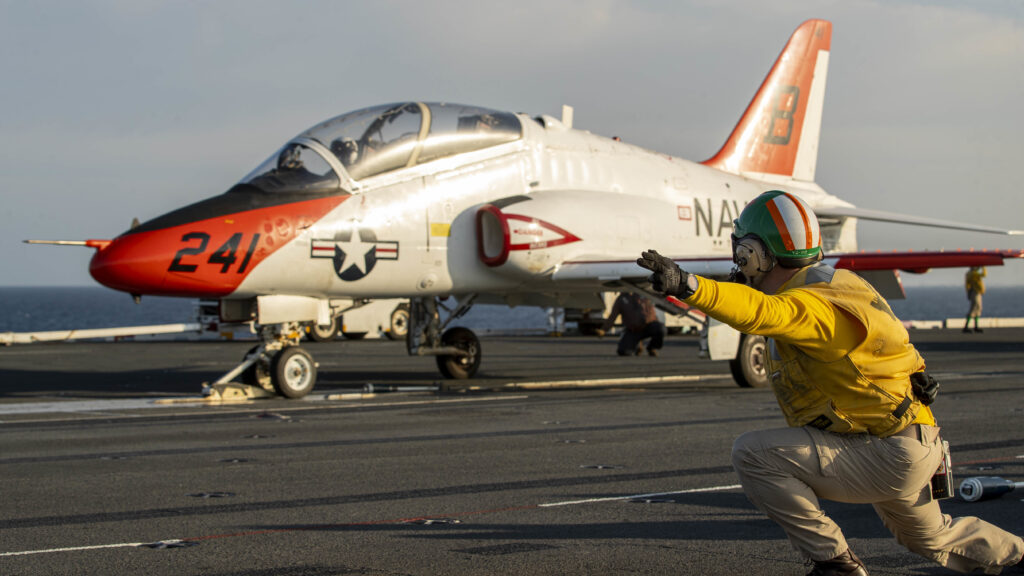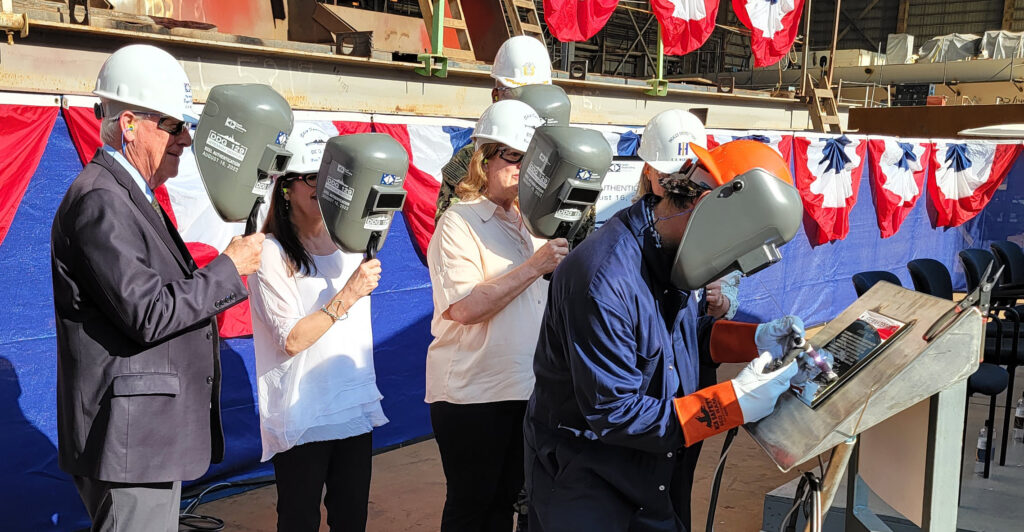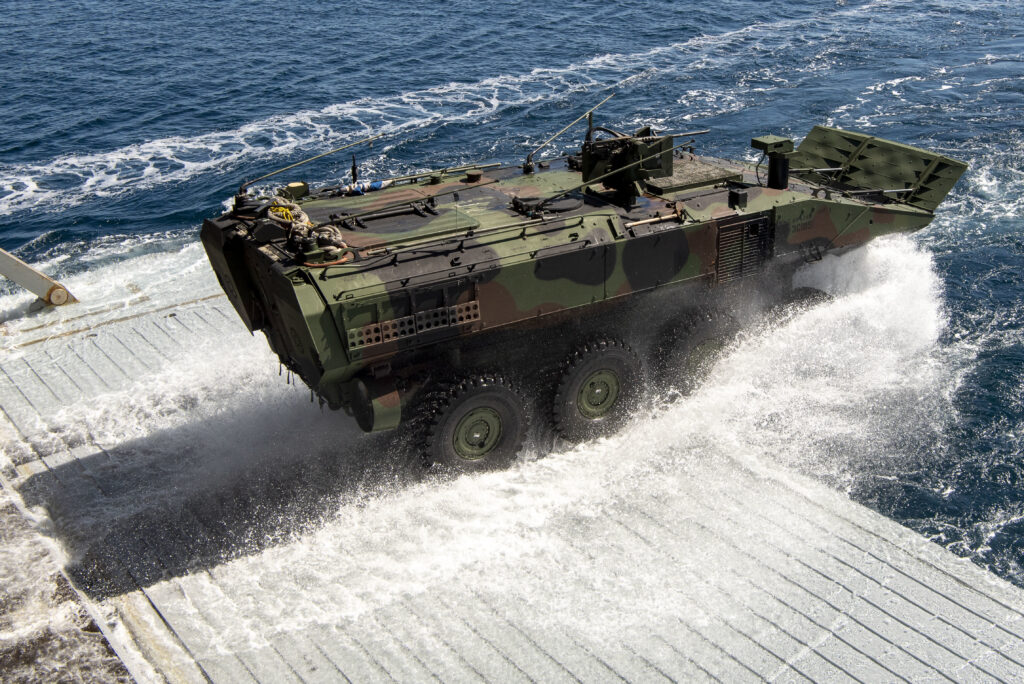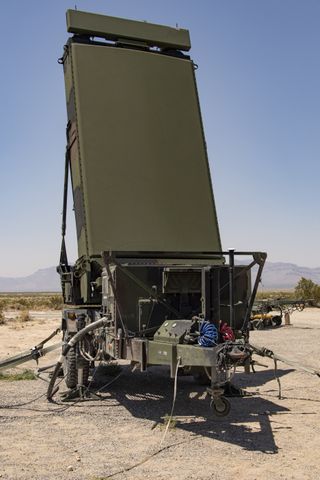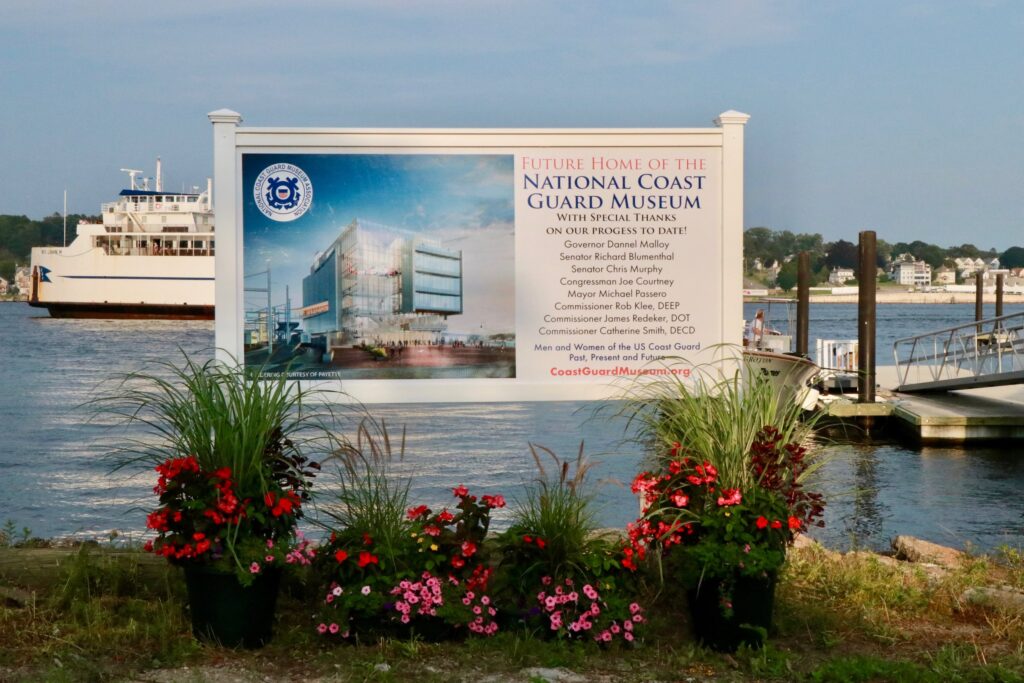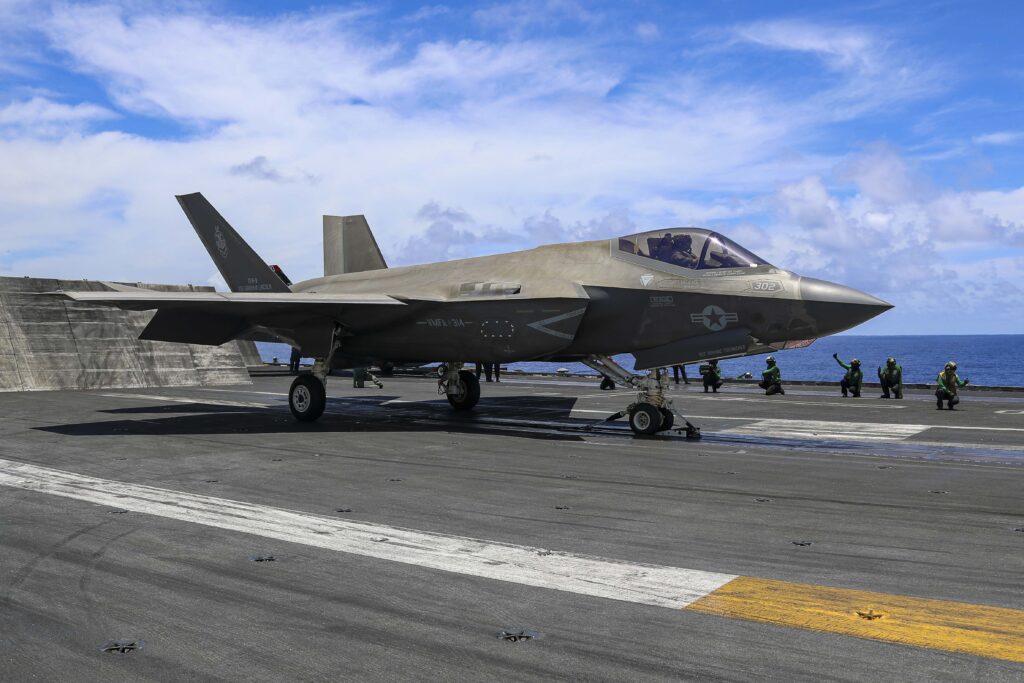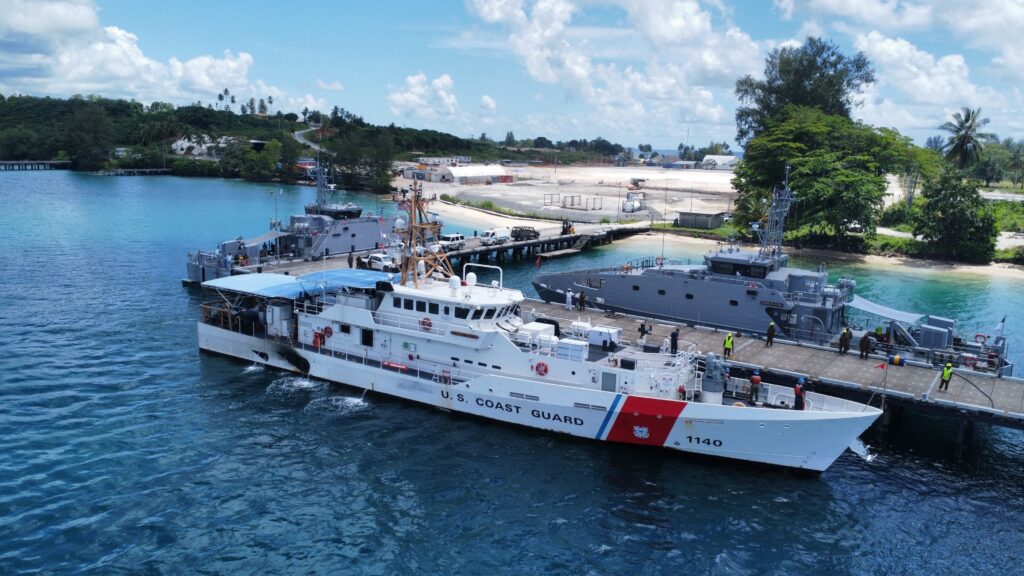USS Bulkeley, Latest FDNF-E ship, Arrives in New Homeport Rota, Spain
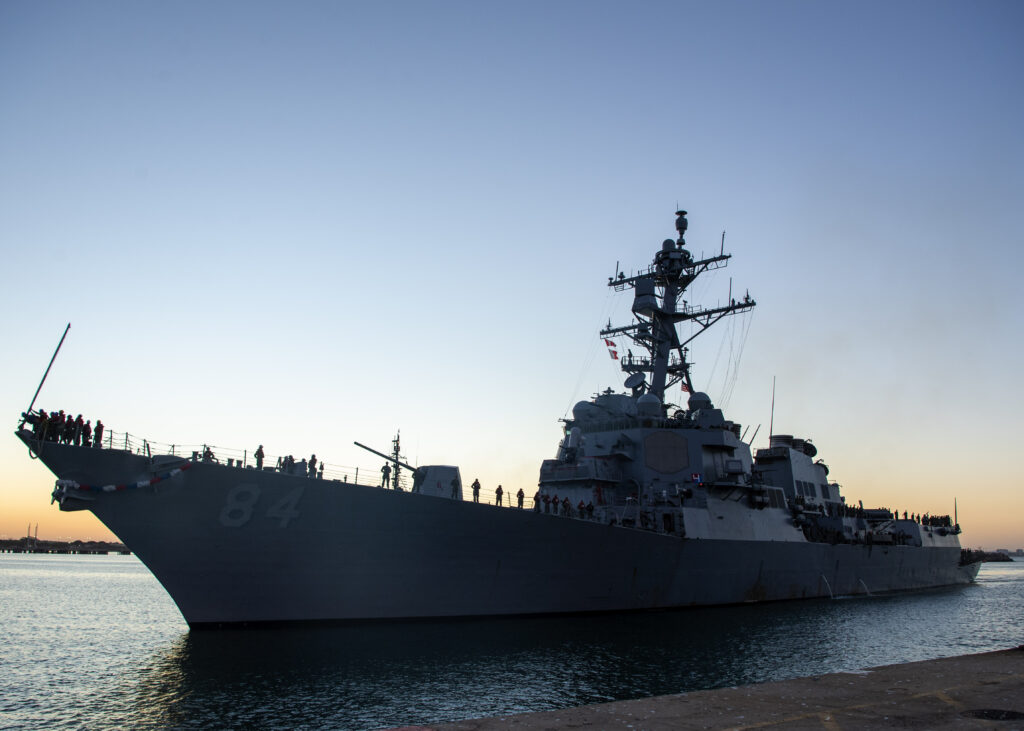
NAVAL STATION ROTA, Spain — The Arleigh Burke-class guided-missile destroyer USS Bulkeley (DDG 84) arrived in its new homeport, Naval Station Rota, Spain, as the U.S. Navy’s last Forward Deployed Naval Forces–Europe (FDNF-E) destroyer scheduled to shift its homeport to Rota, Spain, Aug. 17, 2022, the ship’s public affairs office said in a release.
Prior to arriving in Rota, Bulkeley visited Las Palmas, Spain, for a scheduled port visit. The visit marked Bulkeley’s arrival in the U.S. Naval Forces Europe-Africa (NAVEUR-NAVAF) area of operations and is the first port stop since the ship departed Naval Station Norfolk, Aug. 4, as part of the U.S. Navy’s long-range plan to rotate the Rota-based destroyers of the Forward Deployed Naval Forces-Europe (FDNF-E) force.
“I could not be more proud of the crew,” said Cmdr. Arturo Trejo, Bulkeley’s executive officer. “The massive effort it takes to conduct a homeport shift is a representation of the hard work and brilliance everyday Americans and our allies do on a daily basis.”
Arriving in a new homeport also brings unique opportunities to the Bulkeley crew.
“The crew of Bulkeley is happy to arrive in our new home, and we are looking forward to a continued partnership with our host nation, Spain, as well as continuing to foster the strong relationship with our NATO allies,” said the ship’s Command Master Chief Jeremiah Hoyt. “We’ll have a few days to settle in, but we are ready to get back out and operate in the most dynamic environment in the U.S. Navy’s surface fleet.”
Earlier this year, USS Paul Ignatius (DDG 117), another FDNF-E ship, shifted its homeport to Rota, Spain. With Paul Ignatius and Bulkeley’s arrival, fellow destroyers USS Porter (DDG 78) and USS Ross (DDG 71) will conclude their time stationed in Rota, heading back to the continental United States for their own home port shifts later this fall. These shifts mark the final scheduled homeport shifts in the long-planned FDNF-E rotation. These FDNF-E ships have the flexibility to operate throughout the waters of Europe and Africa, from the Cape of Good Hope to the Arctic Circle, demonstrating their mastery of the maritime domain.
“The Wolfpack aboard USS Bulkeley is excited to finally be joining our allies as part of Forward Deployed Naval Forces – Europe,” said Capt. Mac Harkin, Bulkeley’s commanding officer. “We are grateful to our Spanish partners for welcoming us to Rota.”
Bulkeley will operate under Commander, Task Force 65 and Destroyer Squadron 60 in support of NATO’s Integrated Air Missile Defense architecture. These FDNF-E ships have the flexibility to operate throughout the waters of Europe and Africa, from the Cape of Good Hope to the Arctic Circle, demonstrating their mastery of the maritime domain.
Commissioned on Dec. 8, 2001, the ship is named in honor of Medal of Honor recipient Rear Adm. John Duncan Bulkeley, whose 55 years of naval service included action in both the Pacific and Atlantic theaters during World War II and the Korean War. Bulkeley was awarded the Medal of Honor for his actions as commander of Motor Torpedo Boat Squadron 3 in Philippine waters from December 7, 1941, to April 10, 1942. He died on April 6, 1996, and is buried at Arlington National Cemetery.
